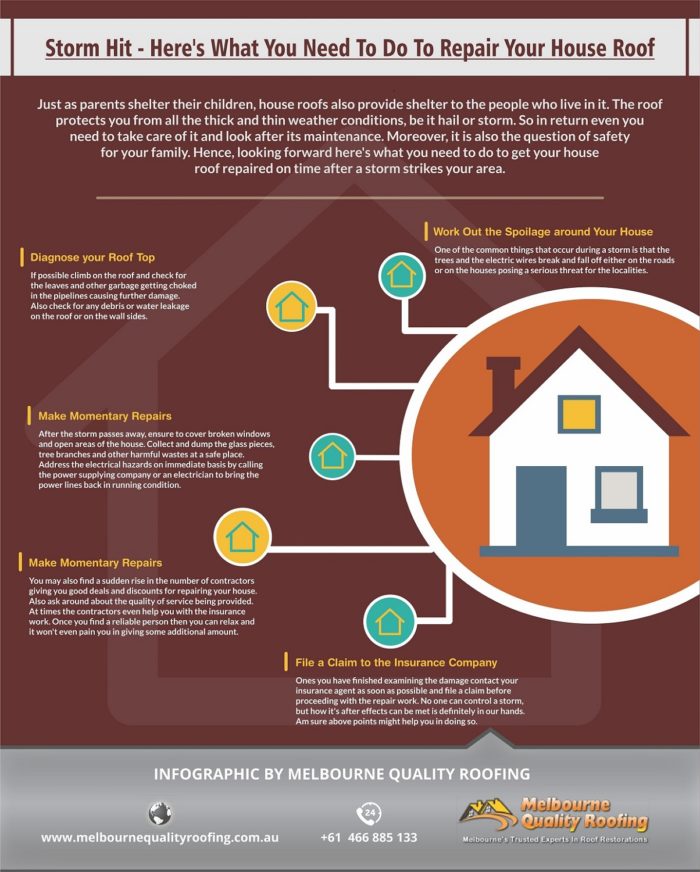Check Out Exactly How Transforming Weather Patterns Can Affect Your Roofing System Setup And Protect A Job That Meets Your Standards
Check Out Exactly How Transforming Weather Patterns Can Affect Your Roofing System Setup And Protect A Job That Meets Your Standards
Blog Article
Author-Lohmann Smith
When it comes to roof installations, the weather can make or break the job. Think of the aggravation of managing products that won't work together due to severe warmth or fighting unsafe surface areas brought on by unanticipated rain. Recognizing the impact of weather on your roof covering project is vital for a successful result. So, let's explore just how different weather elements can influence the quality and resilience of your roof covering installment, making sure a job well done.
Effect of Temperature Level on Roofing System Installment
When it comes to roof installment, temperature plays an important duty at the same time. The ideal temperature for roofing jobs typically drops in between 45 and 85 degrees Fahrenheit. Severe warmth can cause products like roof shingles to become also pliable, causing potential damage during setup. On the other hand, cold temperature levels can make products brittle and vulnerable to fracturing. It is essential to set up roofing setups throughout modest temperatures to guarantee the very best end result.
Throughout colder climate, contractors might need to take extra safety measures such as making use of heated tools or allowing materials to warm up before installment.
On the other hand, hot weather might need job to be done earlier or later in the day to prevent the peak temperature levels. By considering https://bdaily.co.uk/articles/2019/02/25/roofing-design-firm-partners-with-rg-corporate-finance-to-scale-business and its effects on roof materials, you can assist ensure an effective installment that will certainly endure the elements for many years to find.
Impact of Rainfall on Roof Projects
Roof tasks can be significantly impacted by precipitation, influencing both the timeline and the high quality of the installation. Rainfall or snow can produce slippery conditions, making it risky for roofing contractors to work on a damp surface. Additionally, Read the Full Write-up can compromise the adhesion of products like shingles or underlayment, resulting in possible leaks or problems in the future.
If it rainfalls throughout a roof covering job, the water can seep into at risk locations, creating delays as the installation staff must wait for the roofing system to completely dry before proceeding. Excessive moisture can also advertise the development of mold and mildew and mold, more threatening the stability of the roof covering.
To stay clear of these problems, it's advised to set up roofing projects during drier periods or keep track of the weather forecast carefully to intend about any type of possible rainstorms. By taking preventative measures to work in desirable weather, you can make sure a smoother and much more successful roof covering installment process.
Influence of Wind Speed on Setup Success
Throughout roof covering installation, the speed of the wind plays a crucial function in identifying the success of the project. High wind rates can present considerable obstacles to roofing contractors, potentially leading to safety and security dangers and top quality issues. When Related Web Page surpass recommended limits, it ends up being difficult to deal with products, enhancing the danger of mishaps and damages to the roofing materials. Solid gusts can also affect the accuracy of measurements and the precision needed for proper installation.
To make certain an effective roof covering installation, it's essential to check and take into consideration wind speeds. Ideally, roof covering installment must occur on days with reduced to modest wind speeds. This not only boosts the security of the employees but additionally enhances the general top quality of the installation.
Roof covering tasks arranged throughout tranquil climate condition are most likely to be completed successfully and with less errors. By taking note of wind speed forecasts and intending accordingly, you can help make sure a smooth and effective roofing installation process.
Conclusion
So, when it pertains to roofing system installation, bear in mind to consider the climate condition to make sure an effective work. Optimum temperatures, completely dry conditions, and moderate wind rates are vital factors to focus on for a smooth installation procedure. By scheduling your job during the very best seasons and ideal weather, you can attain a long lasting and long-lasting roofing system that will safeguard your home for several years ahead.
